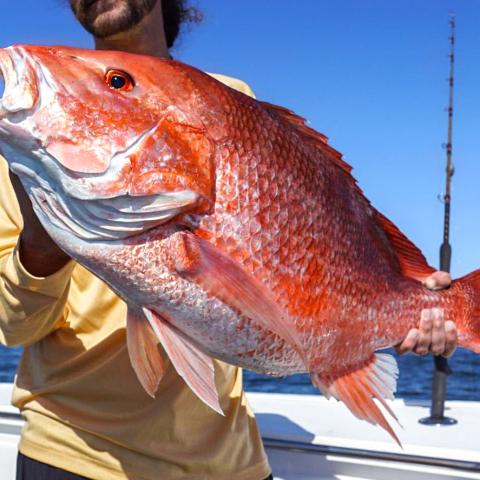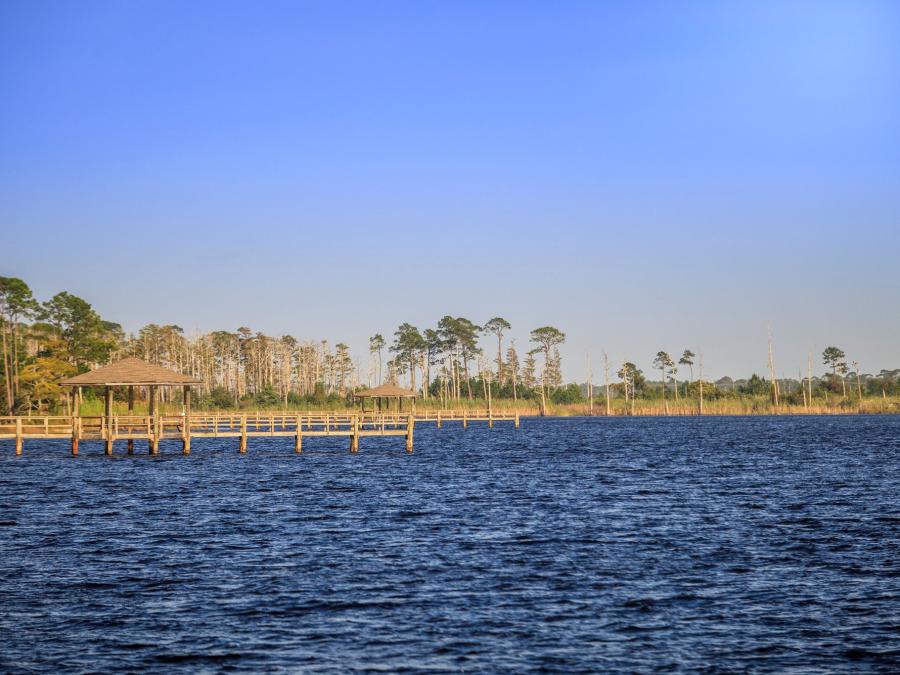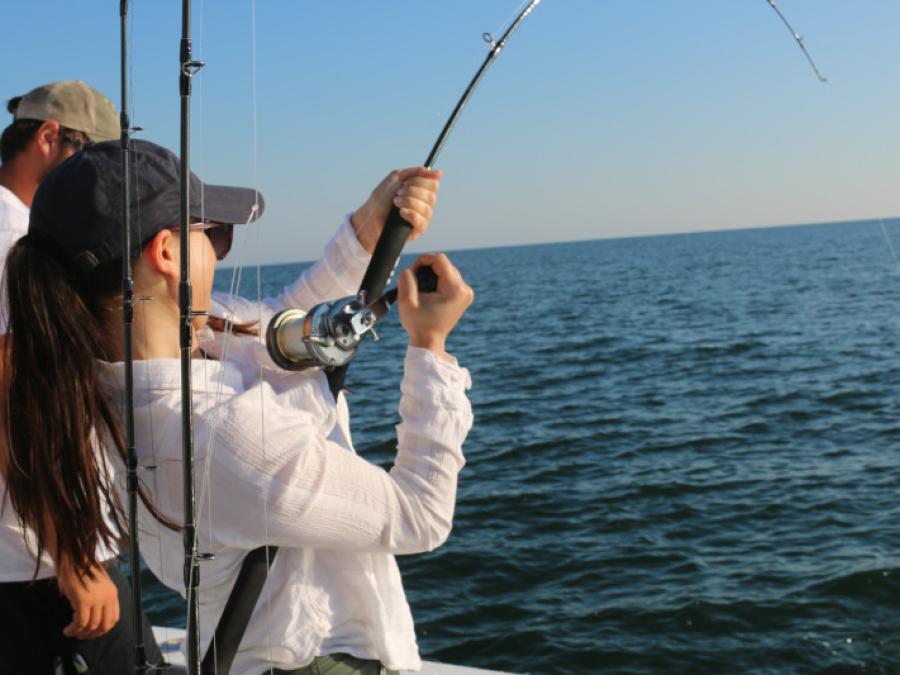
Saltwater anglers on Alabama’s beautiful Gulf Coast will have encounters with two species of catfish – the infamous hardhead catfish and the beautiful gafftopsail catfish.
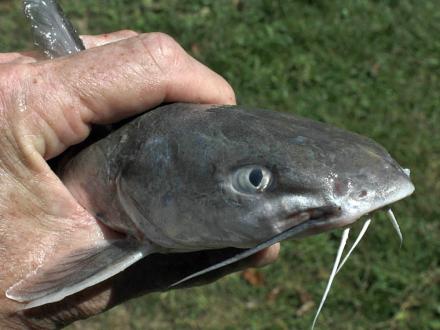
Hardhead Catfish (species #1)
The hardhead can be the bane of a dead-bait angler’s day on the water because those pesky cats can be anywhere along the coast. And they are not picky about what they consume. A Sea Grant study indicated that hardheads will eat algae, pieces of plants, worms, snails, clams, microscopic zooplankton, marine shrimp, grass shrimp, blue crabs, mud crabs, insects, spiders, small fish, smaller hardhead catfish, hermit crabs, fish bones, mud, sand, and even scales actively taken from living fish.
Hardheads seldom get larger than a pound, but you need to be very careful after you catch one. The barbed pectoral and dorsal spines can inflict nasty wounds on your hands. If you get stuck, wash the area quickly and apply some sort of antibiotic treatment. If you’re surf fishing and land a hardhead, please don’t leave the fish on the beach where nearby beachgoers could accidentally step on a spine and cause a painful injury.
It’s not hard to catch a hardhead. Use about any kind of bait you can imagine on a small hook and toss it off the Gulf State Park Pier or in any of the brackish water along the coast.
As for food value, it’s not much. Those who have tried to clean hardheads said the yield of meat is not worth the effort and flesh does have a “fishy” taste.
However, cobia love to eat small hardheads. If you’re headed out in the boat to look for cobia, catch a half-dozen small hardheads and use wire cutters to carefully clip off the three barbs. Hook the hardhead and toss him in front of a cobia, and he can’t resist it.
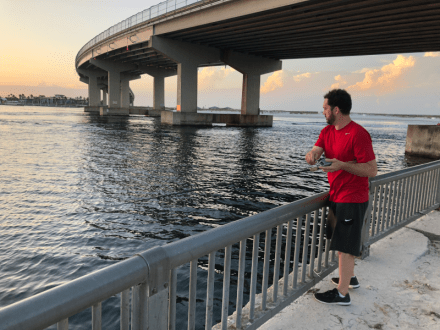
Gaff-topsail Catfish (species #2)
The other catfish species Alabama anglers can catch is the gaff-topsail catfish, also called sail cats, which is easily identifiable by its long strands that extend from all its fins. The dorsal fin resembles the mast of a sailboat, hence the name.
Sailcats are less numerous than hardheads, so you need to be more specific when fishing for this species. Gafftops love the deeper water in the bays, especially Perdido Bay. Load up with some cut bait and fish the bottom in Perdido Bay, and you’ll likely hook a sail cat pretty quickly.
Like the hardhead, avoid the spines on a gaff top because they have a toxin that can cause a nasty sting. If you get stuck, use the same method of cleansing as the hardhead.
One of the telltale signs of a gaff top on the line is the slime that gets coated on your fishing line when you reel the fish in. Be sure to bring along one of your old ice chests to throw the gaff tops in because it takes some effort to get rid of the slime.
However, in terms of food value, sailcats are significantly better than hardhead and are worth the trouble. Gafftops can get as big as 8-10 pounds and yield significant fillets. Wash the fillets well, past them dry, and dip them in milk and your favorite fish fry mix before dropping them in 350-degree oil.
I’ve got a friend on the Gulf Coast who loves eating gaff tops so much that he threatened bodily harm if he heard I had caught and released a gaff top.
